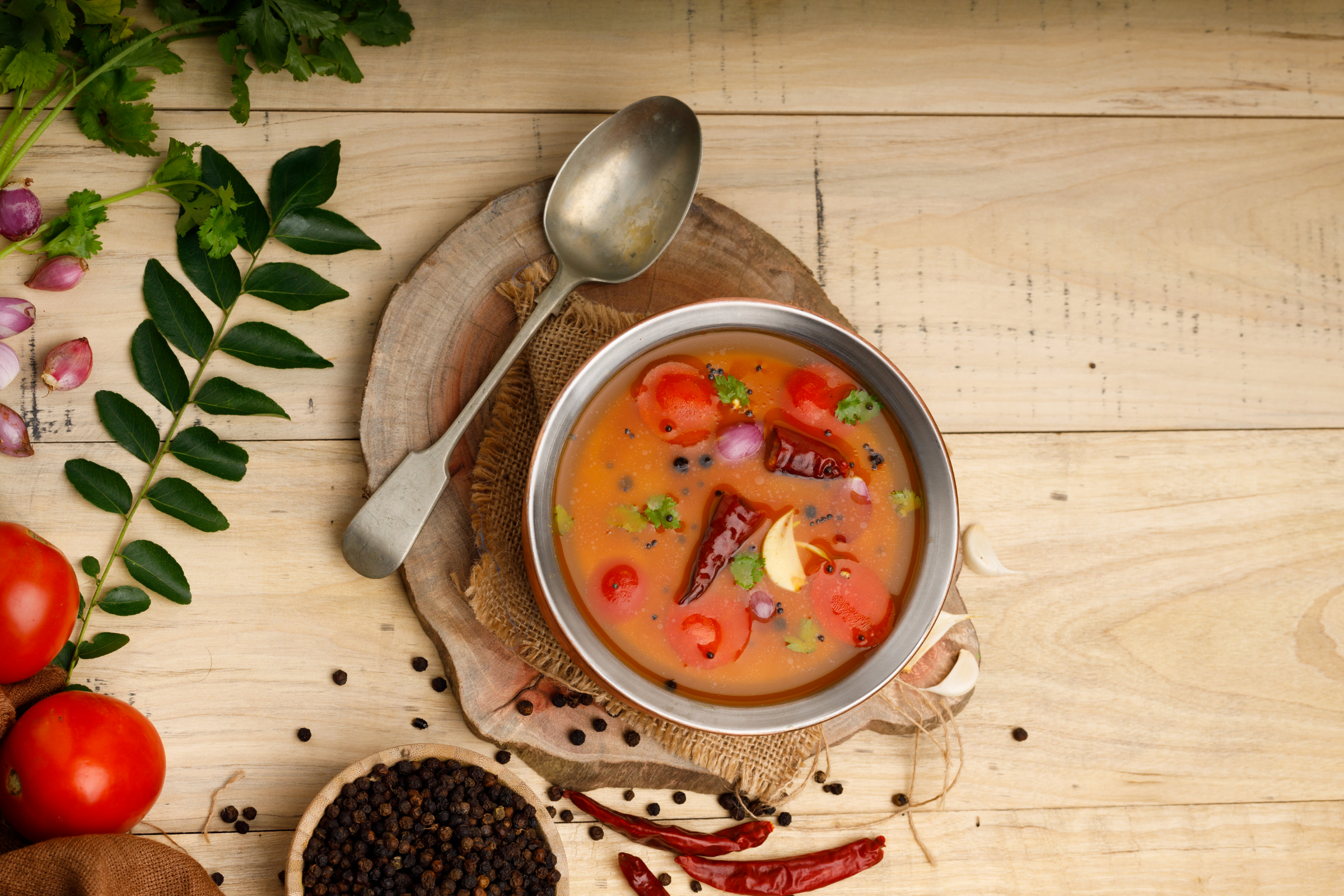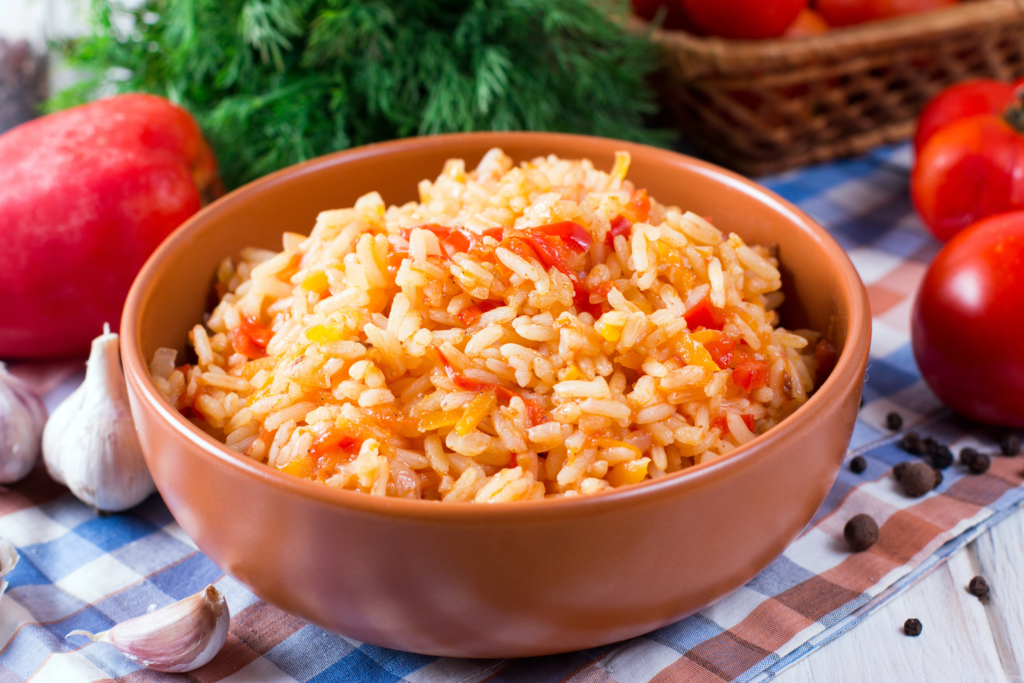Prepare to be enchanted by the captivating flavors of Rasam, this cherished South Indian delicacy known for its soul-soothing attributes. Often called the epitome of “liquid gold,” Rasam takes center stage in South Indian households, offering a fragrant and comforting experience that transcends mere culinary delight. In this comprehensive guide, we’ll unlock the secrets behind crafting the perfect version within the confines of your kitchen. From the delicate fusion of spices to the tantalizing tang of tamarind, we’ll take you on a culinary journey through this revered South Indian classic, revealing how it effortlessly transforms into not just a soup but a therapeutic elixir brimming with flavors and nostalgia.
Unraveling the Magic of Rasam
Before delving into the intricate details of its spices and cooking techniques, it’s vital to comprehend why this dish stands as a culinary treasure of South India. Beyond its status as a mere soup, it encapsulates the essence of comfort and familial warmth. It embodies the familiarity of home-cooked meals, the embrace of time-honored traditions, and the sheer delight of relishing a steaming bowl of comfort that invigorates the senses and soothes the soul.
This symphony of flavors intertwines the tanginess derived from the tamarind, the fiery zest of peppercorns, the aromatic essence of curry leaves, and the fragrant notes of an array of meticulously blended spices. Its harmonious fusion of tastes performs a delightful dance on the palate, leaving a lasting impression. Beyond its gustatory appeal, it is renowned for its digestive properties, lending a soothing touch that elevates the overall dining experience to sublime satisfaction and wellness.
The Unique Essence of Our Recipe
In a world of instant mixes readily available, you might question the necessity of preparing it from scratch. The answer lies in the simplicity of the act – crafting it at home allows you to customize the flavors to your exact liking, liberating the dish from the clutches of artificial additives and infusing it with the warmth and care that only homemade meals can offer.
Our user-friendly recipe aims to guide you through an effortless journey to recreate the authentic taste and essence of this South Indian gem. With our step-by-step instructions, insightful tips, and profound culinary wisdom, your endeavor is destined for a resounding success, leaving your kitchen brimming with nostalgic aromas reminiscent of traditional South Indian households.
Embark on this Flavorful Culinary Adventure
Embrace the culinary exploration as this guide effortlessly steers you through the intricate process of making this beloved dish. Whether you boast the prowess of a seasoned culinary artist or are taking your inaugural steps into the world of South Indian cuisine, our meticulously curated recipe ensures a seamless and rewarding experience, culminating in the creation of a bowl that embodies not just a soup but a celebration of tradition, a symphony of flavors, and a golden elixir worthy of gracing your family table and enchanting your esteemed guests. Let’s journey together into the aromatic heart of South India and craft a version that transcends mere culinary excellence, embodying the very essence of time-honored traditions and the warmth of home.









